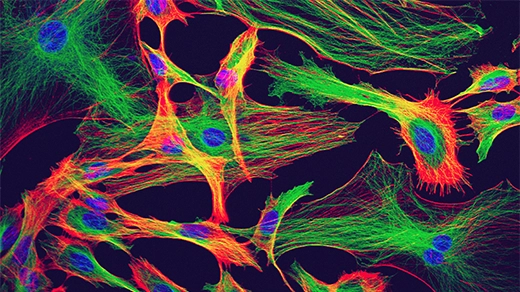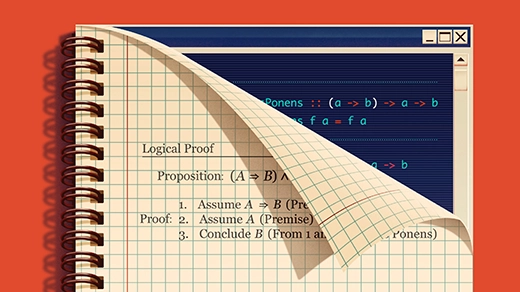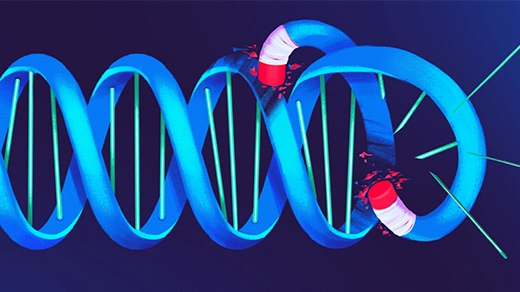What's up in
Abstractions blog
Latest Articles
These Cells Spark Electricity in the Brain. They’re Not Neurons.
For decades, researchers have debated whether brain cells called astrocytes can signal like neurons. Researchers recently published the best evidence yet that some astrocytes are part of the electrical conversation.
The Mathematician Who Sculpted the Shape of Space
Eugenio Calabi, who died on September 25, conceived of novel geometric objects that later became fundamental to string theory.
The Deep Link Equating Math Proofs and Computer Programs
Mathematical logic and the code of computer programs are, in an exact way, mirror images of each other.
Invisible ‘Demon’ Discovered in Odd Superconductor
Physicists have long suspected that hunks of metal could vibrate in a peculiar way that would be all but invisible. Now physicists have spotted these “demon modes.”
Nobel Prize Honors Inventors of ‘Quantum Dot’ Nanoparticles
The Nobel Prize in Chemistry has been awarded to three researchers who harnessed the quantum behaviors of semiconductor nanocrystals.
Physicists Who Explored Tiny Glimpses of Time Win Nobel Prize
The development of attosecond pulses of light allowed researchers to explore the frame-by-frame movement of electrons.
Nobel Prize Awarded to mRNA Vaccine Scientists
Katalin Karikó and Drew Weissman have been awarded the 2023 Nobel Prize in Physiology or Medicine for discoveries leading to mRNA vaccines, such as those that protect against Covid-19.
To Defend the Genome, These Cells Destroy Their Own DNA
Under a microscope, cells in a worm embryo deliberately eliminated one-third of their genome — an uncompromising tactic that may combat harmful genetic parasites.
Mathematicians Cross the Line to Get to the Point
A new paper establishes a long-conjectured bound about the size of the overlap between sets of lines and points.








